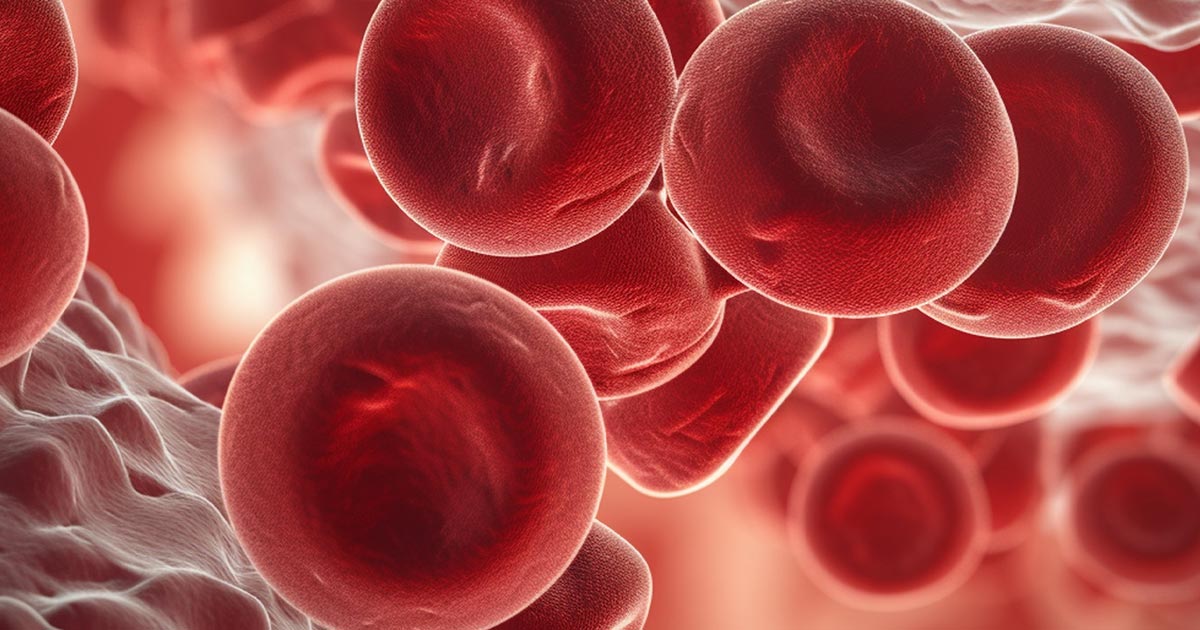Case 3: Discussion and Treatment Considerations
Ilene C. Wetiz, MD, professor of clinical medicine at the Keck School of Medicine at the University of Southern California, discusses important points to keep in mind when identifying patients at risk for PNH:
So, it’s very interesting that PNH and aplastic anemia coexist in the same sphere. And PNH patients can develop aplastic anemia or the PNH may develop in the setting of aplastic anemia, and they can flip back and forth between the two. The patients who have the larger clones or expanding clones are more apt to have symptomatology that we just talked about — thrombosis, pulmonary hypertension, kidney disease, hemoglobinuria, dysphasia or abdominal pain. Whereas patients who have a primarily aplastic component with a small PNH clone will present with anemia mostly, but fatigue and dyspnea may occur.
And this is the data from Sugimori who looked at patients with PNH, and you could see almost 70% of aplastics did have a detectable PNH clone. Now, these are tiny clones. If you look at those that are greater than 10%, only 12.4%, but that’s a pretty significant number of patients that have a more significant clone and may develop symptomatology.
The thought is that when you have aplastic anemia, the T cell hit is directed to something in the bone marrow, and it’s directed to the stem cells. And as you know, LFA, which is an immunologic recognition marker, is a GPI-anchored protein. But there's some evidence that the T cell attack may be directed to the GPI anchor itself or to the groove on the membrane where the GPI anchor resides.
Regardless of that, the PNH cells seem to be able to escape the T cell attack and that may be because of the loss of the GPI anchor itself. So, what happens when you give immunosuppressive therapy to a patient and the marrow recovers? Well, you could see actually about a quarter of the patients will lose the PNH clone. The normal marrow just overwhelms it and it disappears. But that means that 75% will retain the clone, and of those, somewhere around 30% will develop expansion and develop classical PNH. A very small percentage of patients who don’t have PNH cells detectable at the time of presentation may develop one, but I have never actually seen that. It’s extremely rare, but it's usually the other way around. But again, the idea is that the PNH cells will persist and then depends on the percentage of normal cells vs. PNH cells as the marrow recovers that will determine whether or not they develop symptomatology.
Read more about

